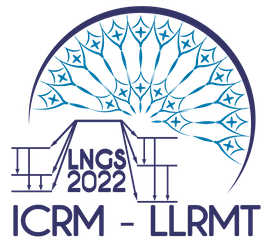Speaker
Description
The IAEA Environment Laboratories produce reference materials that may be used by laboratories world-wide for quality assurance and quality control purposes, as well as for method development, validation of analytical procedures and for training. The materials are certified and focus on the measurement of radionuclides in the marine environment, and include marine sediment, seawater, mussels and fish.
These reference materials are a vital resource for laboratories making environmental measurements, and in the past year efforts have been made to re-evaluate existing material in line with current practice at the BIPM. This approach also provides a framework for future characterisation of new reference materials.
This paper presents work on five existing reference materials where the property values for these materials have been re-evaluated. The approach taken was to:
• Assess the original data for further data analysis,
• Identify outlier values and reject them,
• Consolidate data from short-lived natural decay series radionuclides,
• Correct long-lived natural decay series radionuclides for ingrowth from parent radionuclides,
• Correct $^{241}$Am values to take account of ingrowth from $^{241}$Pu,
• To determine reference values by calculating power moderated means, and
• To accept certified values only where there were at least four degrees of freedom and where the relative uncertainty was <7.5% (k = 1)
Data will be presented for selected radionuclides from the cohort of five reference materials identified in the title of this abstract, and comments for future characterisation of reference materials by the IAEA.

